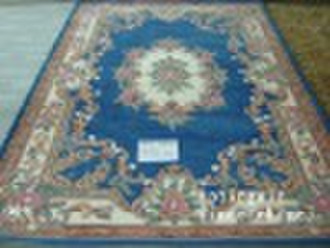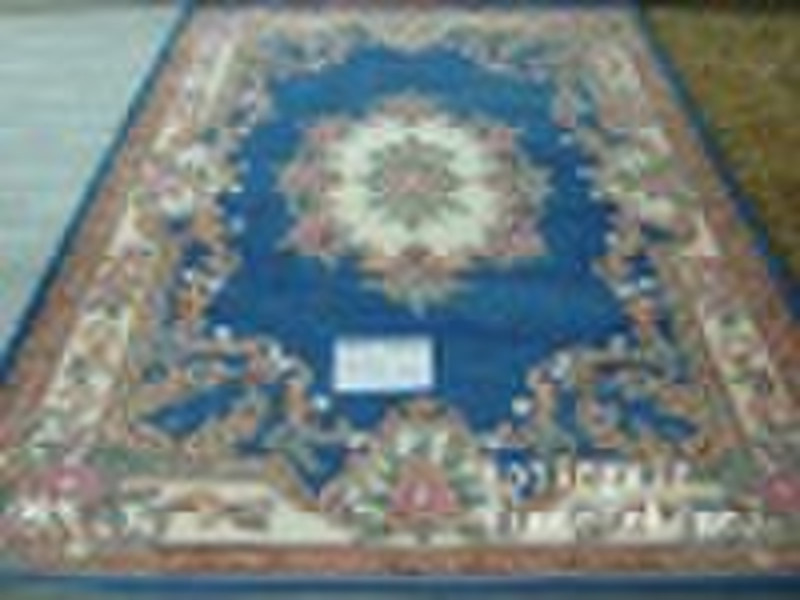Каталог
-
Каталог
- Автомобили и мотоциклы
- Безопасность и защита
- Бизнес
- Бытовая техника
- Бытовая электроника
- Детали машин и услуги по их изготовлению
- Дом и Сад
- Здоровье и медицина
- Игрушки и хобби
- Изделия из металла
- Измерительные и анализирующие приборы и инструменты
- Инструмент
- Красота и личная гигиена
- Мебель
- Мероприятия по охране окружающей среды
- Минералы и металлургия
- Модные аксессуары
- Обувь и аксессуары
- Одежда
- Освещение
- Подарки, сувениры
- Продовольственные товары и напитки
- Промышленное оборудование и техника
- Резина и пластмассы
- Сельское хозяйство
- Специальное оборудование
- Спорт, отдых и досуг
- Сток
- Строительство и недвижимость
- Текстиль и кожа
- Телекоммуникации
- Товары для офиса, учебы. Канцтовары
- Транспорт
- Упаковка и печать
- Химикаты
- Часы, Украшения, Очки
- Чемоданы, сумки
- Электронные компоненты, оборудование, принадлежности
- Электротехническое оборудование и принадлежности
- Энергия
Filters
Search
Рука Хохлатая Ковров-5
Ханчжоу, Китай

Ming Huang
Контактное лицо
Основные данные
| Использование | Home |
|---|---|
| Место происхождения | China (Mainland) |
Though origin of hand knotted carpets dates back to more than 2000 years, in India, the art was introduced in 15th century. Hand knotted rugs are often called oriental rugs owing to the region of origin. Since the craft established and flourished more in Kashmir, in India, they are often referred as Kashmiri carpets or Persian carpets. It is perceived that carpet knotting developed as a nomadic craft and spread with nomads. Material As a nomadic craft, carpets were made of sheep and goat wool. As the craft developed and its intricacy was realized, it was further refined. Cotton was used as base of wrap and weft and even the pile at times. These blends allowed the creation of finer designs. Finest wool comes from Persia and Turkey. Wool from Khorasan and Kirman is famous for being fine and velvety, while wool from the Caucasus and Central Asia is prized for being strong and lustrous. Introduction of silk yarn for piles was the cause of major shift in terms of intricacy, color, luster and the richness ofcarpet. The richness of the silk yarn made the carpets look attractive. Furthermore the fiber was strong yet appeared delicate and attractive. Usually for wool as well as silk carpets, the wrap and weft of cotton are used though in pure silk carpets they may be of silk itself. Process The process of making knotted carpets is long and tedious. Sheep are washd in spring before cutting the wool. They are then shorn and the wool after being re washed is converted to yarn. For a silk carpet, the silk fiber is converted to yarn. The yarn is finally dyed in required colors. » The wrap threads are stretched on the loom vertically. » Each pile is knotted manually to the wrap threads following the design. » The weft thread is inserted when a row of knots is completed. » After knotting the whole carpet, the pile is shorn to the required length. » The carpet is finally washed or treated with chemicals as and when requires. The precision of the pattern depends on how closely the carpet has been knotted and how short is the pile. Skillful artisans can tie about 15 knots a minute. Turkish and Persian knots differ slightly. It takes about 2 months for and adept craftsman to finish a carpet of about 10' by 6'. Quality The quality of a rug is judged by its density. The more the number of knots per square inch, better the quality. Dense carpets are more durable and have finer and more detailed patterns. A very good quality knotted rug may have 350 to 1000 knots per square inch depending upon the material. Patterns The patterns of the carpets have varied with time and people. The nomadic patterns depicted the animal and plant surroundings and geometrical patterns. The Persian and Turkish carpets are famous for floral depiction and images of the epics. Calligraphy and mehrabs are an integral feature of spiritual carpets or prayer mats.
-
Способы оплаты
Для оплаты товаров и услуг на нашем портале, Вы всегда получаете счет, в котором Вам необходимо самостоятельно указать свои данные.
Мы принимаем к оплате:









